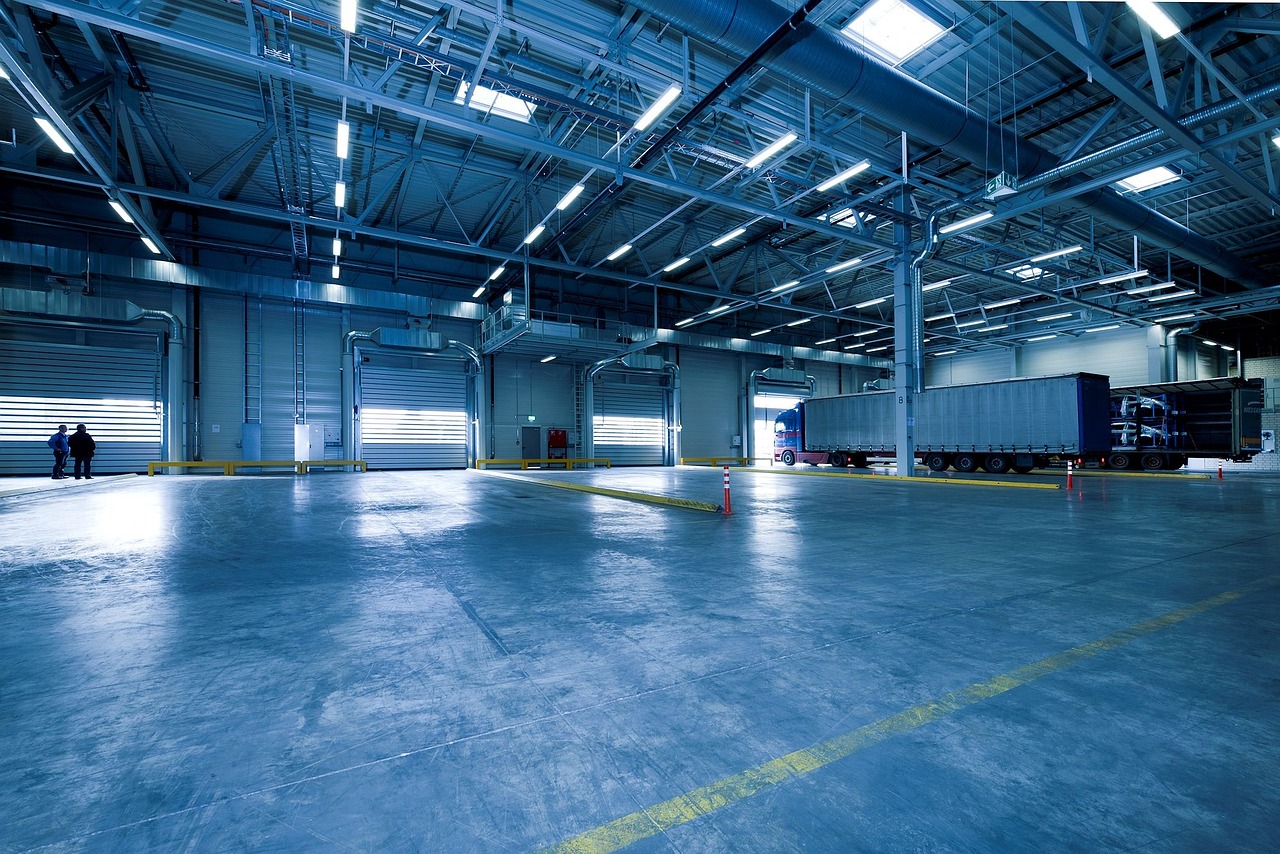
Industrial Warehouse Pest Control: The Importance Of IPM In The Storage Industry
In the business of industrial warehouses, maintaining a pest-free environment is vital. From rodents to insects, these unwanted guests pose substantial threats, jeopardizing inventory, structural integrity, and employee safety. This article delves into the crucial importance of effective pest management in industrial warehouses, exploring proactive measures, common infestation signs, and choosing the right pest control plan to safeguard your warehouse.
What Are The Most Common Industrial Warehouse Pests?
Industrial warehouses are at the most risk for the following pests:
- Rodents: Rats and mice are common due to their ability to seek shelter among stored goods and food sources within warehouses. They gnaw through packaging and electrical wires, posing safety risks and causing damage.
- Insects: Pests like beetles, moths, and cockroaches infest stored products, contaminating them and leading to financial losses. They thrive in warm, dark, and humid environments, exploiting openings in packaging to access goods.
- Birds: Seeking refuge within warehouse structures, birds like pigeons and sparrows create nesting sites and leave droppings that spread diseases and corrode surfaces. Their presence poses health risks and structural damage.
- Stored-Product Pests: Pests like weevils, mites, and beetles infest grains, cereals, and other stored commodities, compromising their quality and causing significant losses. These pests often go unnoticed until substantial damage has occurred.
Why Is Pest Control Important For Industrial Warehouses?
Pest control stands as a vital cornerstone in industrial warehouses for several reasons. Firstly, it safeguards stored inventory from potential damage caused by pests such as rodents, insects, and birds. These intruders pose a significant threat by contaminating goods, leading to financial losses and compromised product quality. Moreover, pests jeopardize the safety and hygiene of warehouse spaces, potentially exposing employees to health risks and creating unsafe working conditions, especially when pests damage electrical systems or spread diseases.
Furthermore, these unwanted guests can harm the structural integrity of warehouse buildings, causing damage through gnawing, nesting, or corrosive droppings. Beyond financial repercussions, failing to maintain effective pest control measures can result in non-compliance with health and safety regulations, inviting penalties or potential closure. Implementing pest control strategies through regular inspections, preventive measures, and appropriate treatments ensures the protection of inventory, maintains a safe working environment, upholds regulatory standards, and safeguards the overall integrity and reputation of industrial warehouses.
What Are The Signs Of An Industrial Warehouse Pest Infestation?
Signs of an industrial warehouse pest infestation manifest in various ways, serving as indicators for immediate attention:
- Droppings and Urine: Visible droppings or urine stains near stored goods, along pathways, or on surfaces are telltale signs of rodents or insects present in the warehouse.
- Gnaw Marks and Damage: Look for gnaw marks on packaging, electrical wires, or structural materials. Rodents have a habit of gnawing through items, leading to visible damage.
- Nesting Materials: Accumulation of nesting materials like shredded paper, fabric, or insulation can signal rodents or birds finding shelter within the warehouse.
- Unusual Odors: Pungent or foul odors not linked to the stored products may indicate the presence of pests. Rodents and insects often emit distinct odors due to their droppings and nesting habits.
- Visible Pest Sightings: Actual sightings of pests, whether rodents, insects, or birds, within the warehouse premises signify an infestation.
- Damaged Goods: Products with signs of damage, holes, or contamination can signal an infestation of stored-product pests like beetles or moths.
- Unexplained Noise: Strange noises, particularly during quiet times, such as scurrying or scratching, can indicate the presence of rodents or other pests moving around the warehouse.
What To Do In The Case Of An Industrial Warehouse Infestation
In the event of an industrial warehouse pest infestation, swift action is paramount. First, conduct a thorough inspection to identify the extent and type of infestation. Implement immediate measures to contain the spread, such as sealing entry points and removing food sources or nesting materials. Contact a professional pest control service to assess and address the infestation. Collaborate with them to develop a comprehensive pest management plan tailored to the warehouse’s needs, incorporating preventive measures, treatments, and regular monitoring.
Simultaneously, educate warehouse staff on identifying signs of pests and implementing hygiene protocols to minimize attractants. Prioritize cleaning and sanitization efforts to eliminate any traces of pests, their droppings, or nests. Dispose of contaminated or damaged inventory following proper guidelines. Maintain documentation of actions taken, including inspections, treatments, and preventive measures, for compliance and future reference. Regularly review and update the pest management plan to adapt to changing circumstances and prevent future infestations.
Timely and systematic intervention, coupled with professional expertise and proactive measures, is essential to swiftly address and mitigate an industrial warehouse pest infestation, safeguarding inventory, employees, and the warehouse environment.
Choosing The Right Pest Control Plan For Your Industrial Warehouse
Selecting the appropriate pest control plan for an industrial warehouse involves several key considerations. Begin by conducting a comprehensive assessment of the warehouse’s specific needs, including the size, layout, stored inventory, and previous pest issues. Engage with a reputable pest control professional experienced in industrial settings to conduct an inspection and provide tailored recommendations.
Evaluate the severity and types of pests present, considering the potential risks they pose to inventory, structural integrity, and employee health. Discuss various treatment options and preventive measures available, weighing their effectiveness, safety, and environmental impact. Ensure the chosen plan aligns with regulatory compliance standards for industrial facilities. Look for a pest control strategy that includes integrated pest management (IPM) principles, combining multiple methods such as sanitation practices, structural modifications, monitoring, and targeted treatments. Consider the long-term effectiveness and sustainability of the plan, emphasizing prevention to minimize reliance on chemical treatments. Evaluate the pest control provider’s track record, certifications, and reviews to ensure competence and reliability.
Ultimately, the right pest control plan for an industrial warehouse involves a customized approach, combining expertise, proactive measures, and ongoing monitoring to effectively address current infestations and prevent future pest issues while prioritizing safety and compliance.
How Twin-Boro Can Help
At Twin-Boro, we employ an Integrated Pest Management (IPM) strategy that uses the latest insights into pests’ behavior and biology alongside cutting-edge pest control technologies. This enables us to reduce pesticide usage significantly while effectively eradicating pests with minimal disruption to your operations. Our skilled technicians undergo thorough training in the safe removal of pests, particularly in commercial environments such as warehouses. Furthermore, we collaborate closely with our clients to devise a tailored plan that addresses their specific requirements and property characteristics. With Twin-Boro safeguarding your premises, you can have peace of mind, knowing that you’ve enlisted top-notch professionals for the task. Contact our office today to arrange a complimentary inspection or explore our commercial pest control page for further details.
Related Posts





